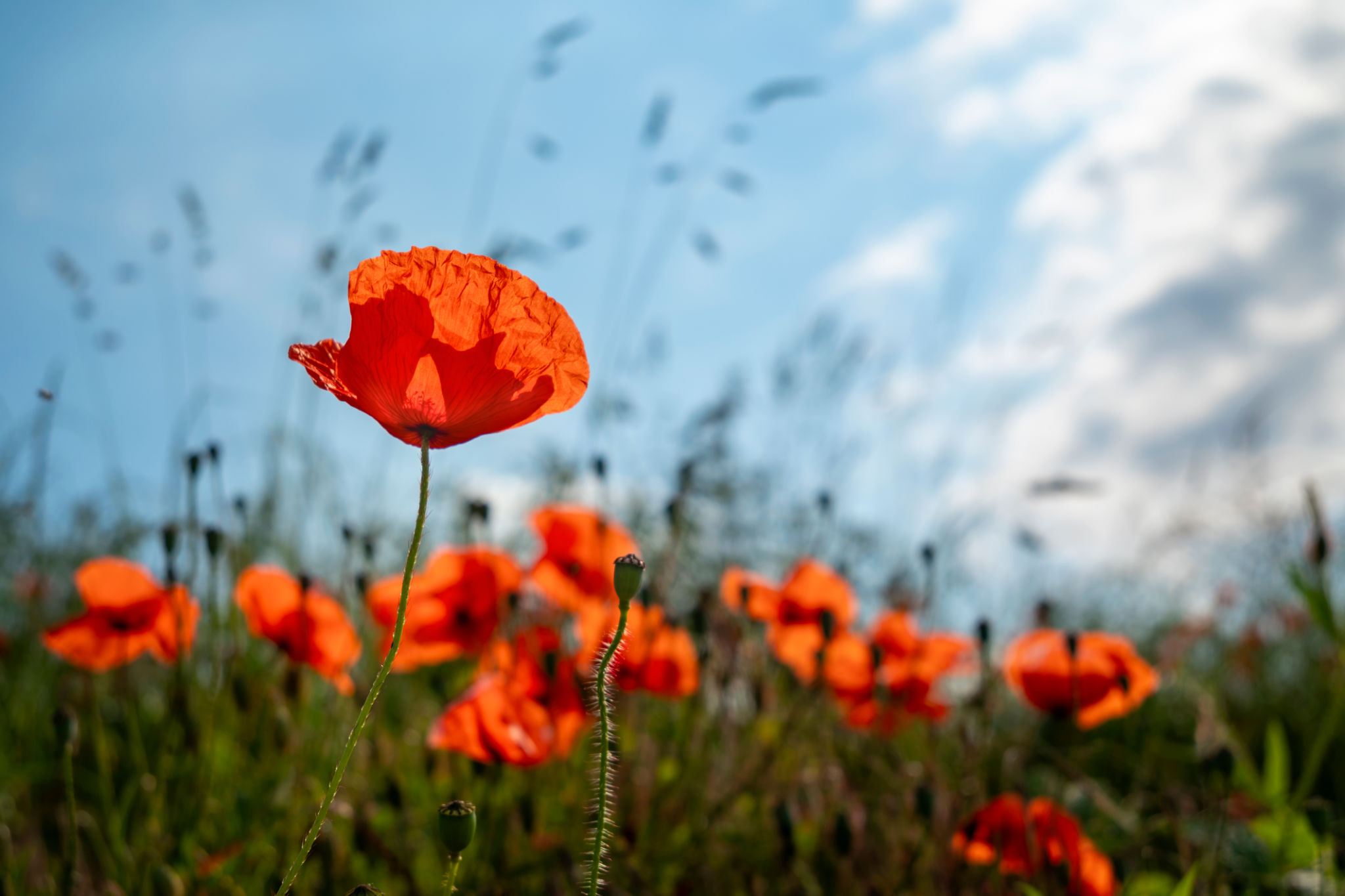DIY Photography Tips: How to Take Stunning Photos with Your Smartphone
Embrace Natural Light
One of the most effective ways to enhance your smartphone photography is by utilizing natural light. Avoid relying solely on your phone's flash, as it can create harsh shadows and unnatural colors. Instead, take advantage of daylight by positioning your subject near windows or shooting outdoors during the golden hours—early morning or late afternoon—when the light is soft and diffused.

If you must shoot indoors without ample natural light, try using the ambient light available, such as lamps or candles, to create a warm and inviting atmosphere. Experiment with different lighting angles to find the most flattering illumination for your subject.
Master the Rule of Thirds
The rule of thirds is a foundational principle in photography that can greatly improve the composition of your images. Imagine dividing your frame into a grid with two horizontal and two vertical lines, creating nine equal sections. By placing your subject along these lines or at their intersections, you can create a more balanced and visually appealing photo.
Most smartphones have a grid option in the camera settings that you can enable to help visualize this rule. Practice positioning your subjects off-center to add interest and depth to your shots. This simple technique can make a significant difference in the overall quality of your photos.

Focus on Your Subject
Ensuring that your subject is in sharp focus is crucial for capturing stunning images. Most smartphones allow you to tap on the screen to adjust focus manually. Take advantage of this feature to ensure your subject stands out against the background.
If you're photographing a moving subject, consider using the burst mode on your smartphone. This mode captures several frames in quick succession, increasing your chances of getting a perfectly focused shot. Remember to experiment with different focal points to find the most striking composition.
Utilize Editing Apps
Post-processing is an essential part of digital photography, and with the range of editing apps available today, you can easily enhance your smartphone images. Apps like Snapseed, VSCO, and Lightroom offer powerful tools for adjusting exposure, color balance, and sharpness.

When editing, aim to enhance the natural beauty of your photo rather than over-editing it. Subtle adjustments can go a long way in improving the overall look of your images. Explore different filters and effects to find a style that resonates with your creative vision.
Experiment with Perspectives
Changing your perspective can radically transform an ordinary scene into an extraordinary photograph. Instead of always shooting from eye level, try getting lower to the ground or finding a higher vantage point. This change in perspective can provide fresh insights and add an element of surprise to your photos.
You can also experiment with angles by tilting your smartphone or capturing reflections and shadows for a more artistic touch. Be bold in trying new approaches to find what works best for your subject and setting.
Keep Your Lens Clean
It might seem obvious, but keeping your smartphone's camera lens clean is often overlooked. Dust, fingerprints, and smudges can all affect image quality. Regularly wipe your lens with a soft cloth or microfiber wipe to ensure you're capturing the clearest possible images.

Additionally, be mindful of any protective cases or accessories that might obstruct the lens. Ensuring that your camera is free from obstructions will help you take sharper and more vibrant photos.
Practice Makes Perfect
Like any skill, improving your smartphone photography requires practice. Take every opportunity to experiment with new techniques and explore different subjects. The more you shoot, the better you'll understand what works best for you and how to make the most of your smartphone's capabilities.
Don't be afraid to make mistakes along the way; each photo you take is a learning opportunity. With persistence and creativity, you'll be able to capture stunning images that rival those taken with professional cameras.